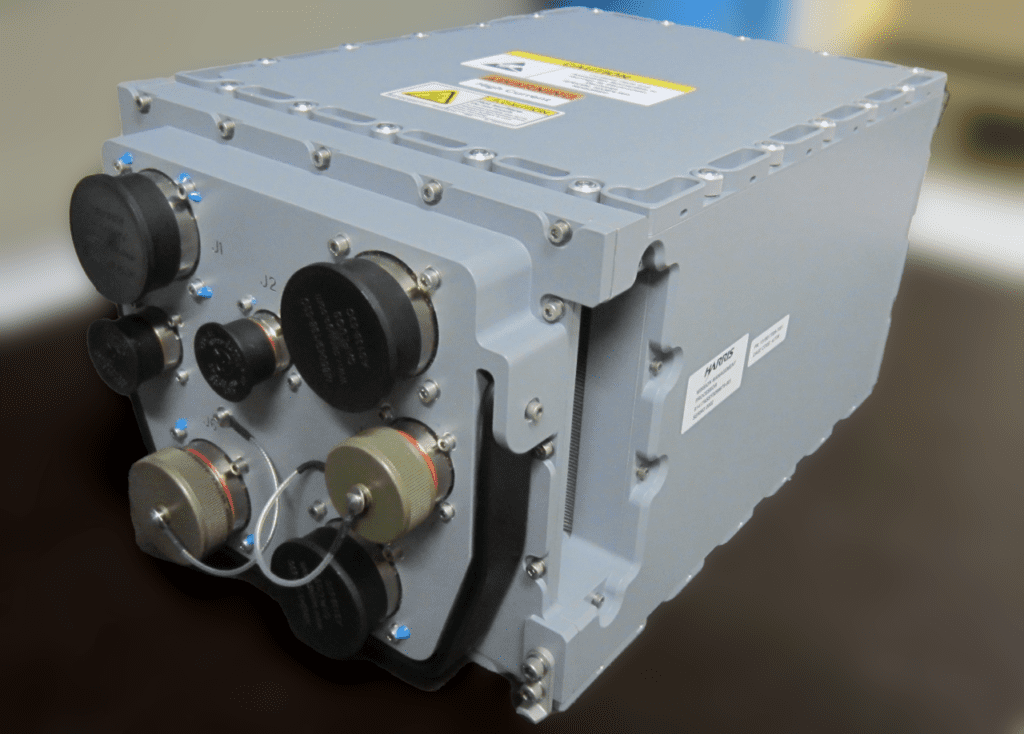
The new mission management processor that L3Harris is developing for the Boeing T-7A Red Hawk jet trainer (Photo: L3Harris)
L3Harris Technologies is supplying its mission-management processors to Boeing for the T-7A Red Hawk under a recently announced $91.5 million contract.
The processors will be added to the open systems embedded computing network of the first new jet trainer being developed for the U.S. Air Force in 60 years. Boeing is developing the T-7A RedHawk as the new Air Force jet trainer and with a name and livery that will pay tribute to famed African American Tuskegee Airmen of World War II, known as the Red Tails.
“The processor collates data from on-board data networks, external data links and embedded software and sends data to the cockpit displays to provide the student and instructor with real time information needed to support training objectives,” David Zack, president of mission avionics, L3Harris told Avionics International in an emailed statement.
Designed for future growth opportunities, the processors include extra payload slots to expand “mission capabilities,” according to L3Harris. The T-7A is the latest military aircraft or jet trainer that L3Harris has been selected to provide its mission management processors for. The company also provides its processors for the F-35, F/A-18, and the U.S. Navy’s new MQ-25 unmanned tanker aircraft.

Boeing rolled the T-7A Red Hawk jet out of its hangar in St. Louis back in April for the new jet trainer’s first public unveiling. (Photo: Boeing)
In his emailed statements, Zack said the processors that L3Harris provides for the MQ-25 and F/A-18 share common design elements, thermal capabilities, and form factors to the one they’re providing for the T-7. However, the processor being developed for the T-7 is being custom-developed for the specific needs of the new jet trainer.
“The T-7 MMP provides performance scalability, technology insertion and functional growth capability via an open-system architecture design that reduces overall aircraft operating costs with a more affordable high-speed, cyber-hardened computing infrastructure,” he said. “Open-system design is accomplished in hardware by using commercial interface standards and commercially available processing modules. Open-system design is accomplished in software by compatibility with commercial off-the-shelf real time operating systems and other defined interfaces.”
The new T-7 processors have completed development and are now entering production, according to Zack. Boeing expects the T-7A to be operational by 2024.